Scotland has coldest early winter night since 1998
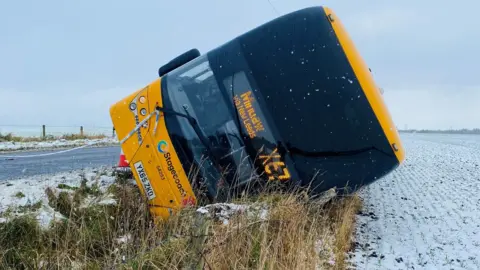 BBC
BBCScotland has recorded its coldest early winter temperatures since 1998, as snow and ice covered areas of the country overnight.
Temperatures below -10C were recorded in some parts of northern Scotland, including Braemar in Aberdeenshire which reached a low of -11.2C. The last time -10.9C or lower was recorded on or before 19 November was in 1998.
Elsewhere in Aberdeenshire, a Stagecoach bus ended up on its side in icy road conditions in the New Leeds area. There were no injuries.
There are a number of yellow warnings in place for snow and ice in northern Scotland and along the west coast, as well as much of Northern Ireland, Wales and parts of England.
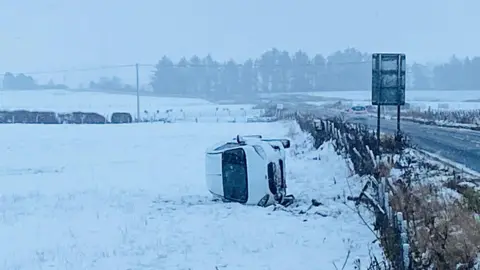
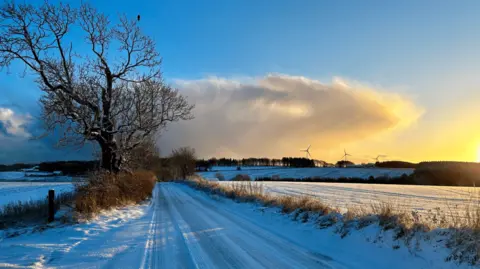 BBC Weather Watchers/C Bee
BBC Weather Watchers/C BeeTulloch Bridge near Fort William in the Highlands also reached -10.7C.
Scotland has seen not a temperature below -10C in November since 2016.
Only a handful of school across Scotland were closed, including four rural schools in Shetland, and one in Orkney, as well as one primary school and three nurseries across the Highlands.
In Aberdeenshire, Peterhead Academy was closing early due to expected conditions. Road conditions in the area were poor - a car was spotted on its side in a field off the A952.
Forecasters described it as the first taste of winter, and said temperatures across the UK were expected to be lower than the mid-November average.
Yellow weather warnings for snow and ice in northern Scotland and down the west coast last until 10:00 on Wednesday.
It means some pavements and cycle paths could become impassable and there is a small chance of travel delays with stranded vehicles, as well as potential train and air travel cancellations.
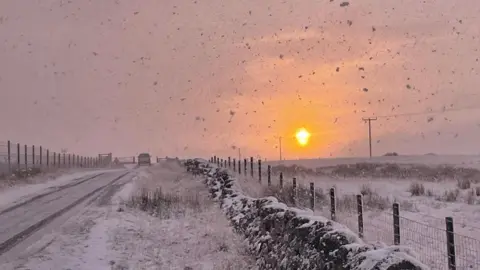 Jackie O'Brien
Jackie O'Brien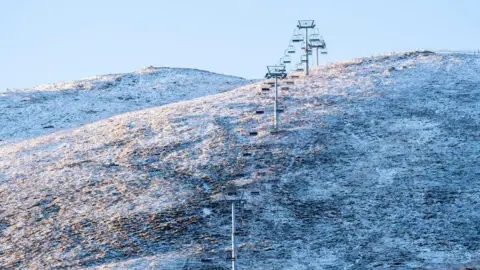 PA Media
PA Media
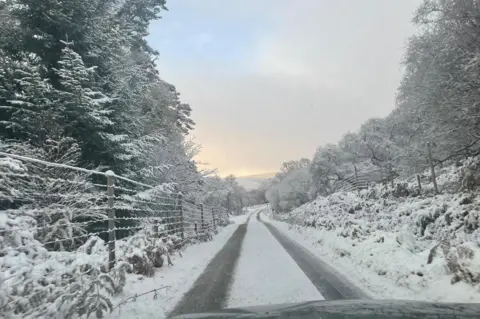 Jackie O'Brien
Jackie O'Brien Doric/BBC weather Watchers
Doric/BBC weather Watchers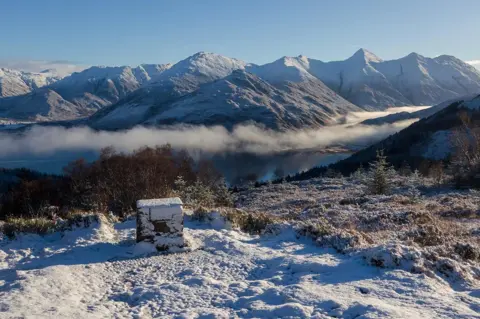 Jay Walker/BBC Weather Watchers
Jay Walker/BBC Weather WatchersMeanwhile, the Scottish Avalanche Information Service has said its new season of forecasts for six mountain areas would start on 12 December.
BBC Weather says forecasting snow is difficult at lower levels, especially in mid-November when the ground and surrounding seas are still relatively warm compared to midwinter.
By this coming weekend, forecasters are expecting the cold air to be replaced by milder south-westerly winds - with potentially wet and very windy weather sweeping in.
As the wetter weather moves northwards there remains the risk of some snow, before it quickly thaws.
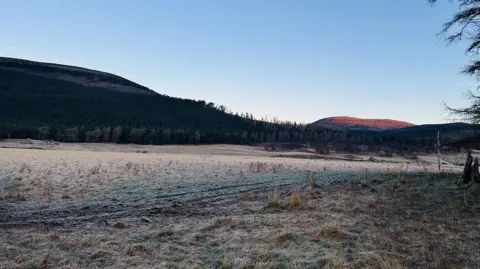 Chris Booth
Chris Booth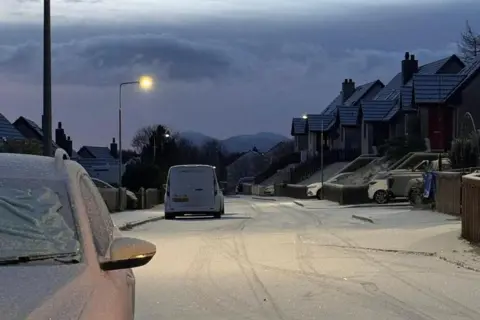 BBC Weather Watchers/Skye nurse
BBC Weather Watchers/Skye nurse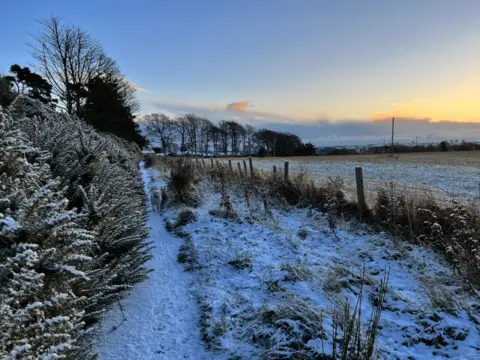 BBC Weather Watchers/K's washing line
BBC Weather Watchers/K's washing line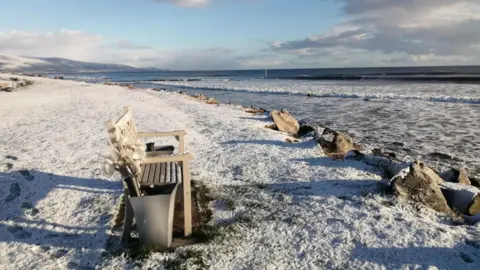 Biba/BBC Weather Watchers
Biba/BBC Weather Watchers Sarah J/BBC Weather Watchers
Sarah J/BBC Weather Watchers